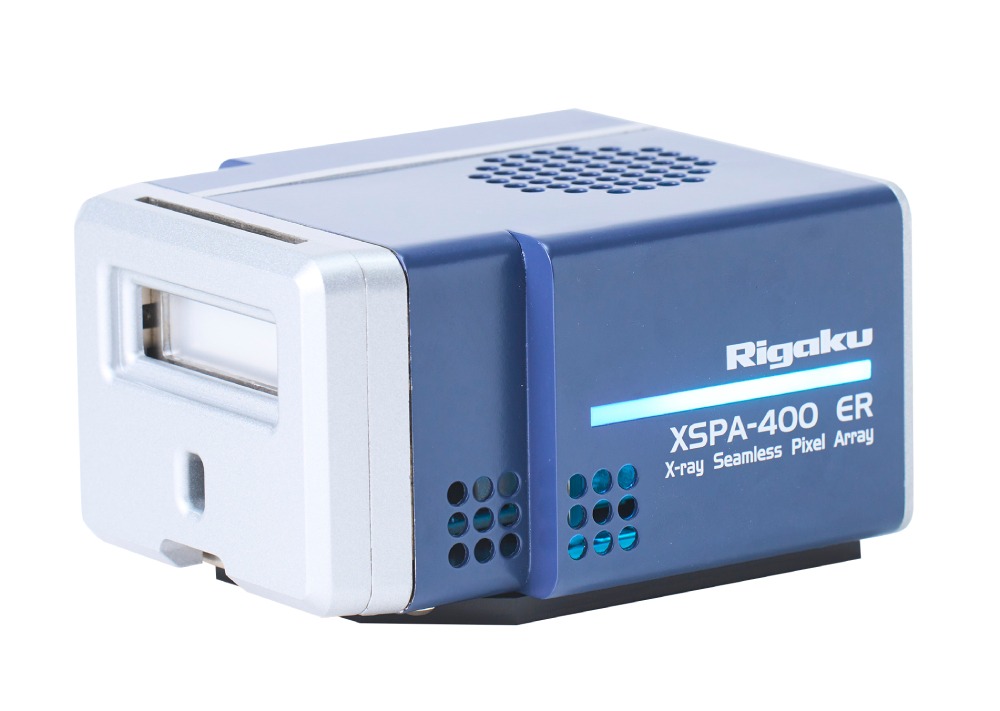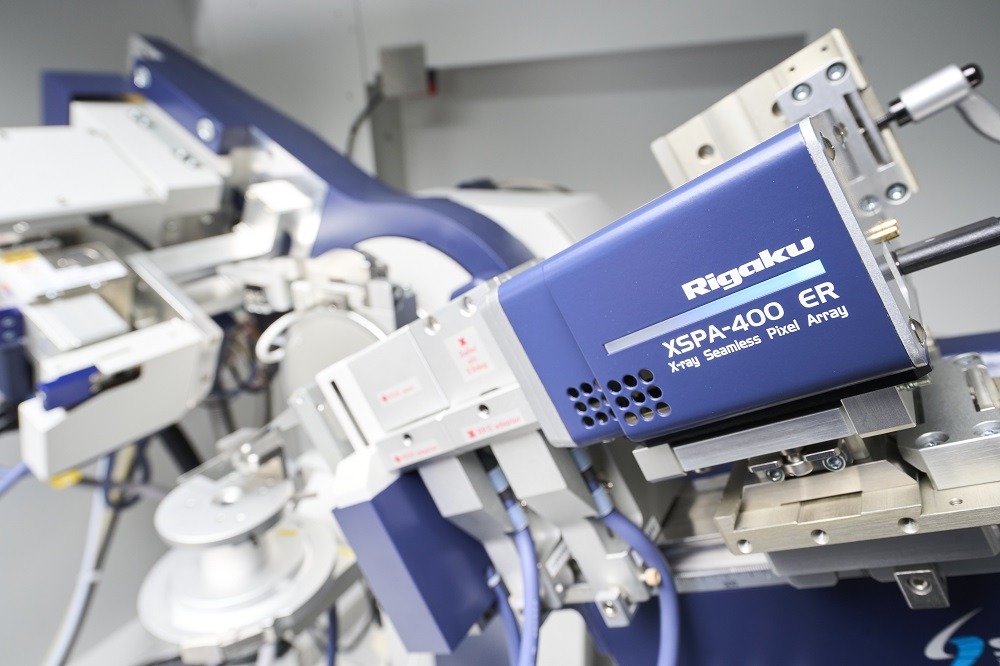Rigaku Corporation, a leading manufacturer of X-ray analysis and inspection equipment, has launched their new XSPA-400 ER (X-ray Seamless Pixel Array) detector to the global market following a successful domestic launch at JASIS (Japan Analytical and Scientific Instruments Show) in September. The XSPA-400ER is a seamless pixel multi-dimensional detector1 for X-ray diffractometers with high energy resolution suited to battery, steel and ceramic analysis.

Detecting trace crystalline phases using X-ray diffraction (XRD) measurements is difficult due to the increased background when measuring samples containing transition metals. The high energy resolution of the XSPA-400 ER suppresses sample-derived background increases, enabling highly sensitive measurement of samples containing transition metals, such as iron and steel materials and battery materials.
The detector is also compatible with 0-, 1-, and 2-dimensional measurements2, making it highly versatile and suited to measuring a wide range of samples, from powders and bulk materials to thin films. Intensity-priority mode or angular resolution-priority mode can be easily selected by changing the detector orientation. The XSPA-400 ER detector is available as an option on the flagship SmartLab XRD as well the SmartLab SE and fully integrates with the SmartLab Studio II software package.

Main Features
- High energy resolution enables low background measurement
- 0-, 1-, and 2-dimensional measurements with a pixel multidimensional detector
- High linear counting rate and wide dynamic range while maintaining high energy resolution enable observation from low to high intensity
- Kβ filterless measurement is available
- Intensity-priority mode or angular resolution-priority mode can be easily selected by changing the detector orientation
1) Seamless pixel multidimensional detector: In general, hybrid pixel detectors have a tiled arrangement of readout ASICs, and the pixel shape of the IC boundary differs from that of the surrounding area. Therefore, an IC boundary correction is required. On the other hand, the seamless pixel detector does not require an IC boundary correction because all pixels have the same shape, thus enabling the acquisition of uniform images.
2) A 0D detector has one detector element, a 1D detector has multiple detector elements arrayed in one direction, and a 2D detector has detector elements (pixels) arrayed in two directions. 0D and 1D detectors can acquire general X-ray diffraction patterns, but the 2D detector can also measure the shape of Debye rings.
Rigaku is now accepting orders for the XSPA-400 ER XRD detector. For more information, please visit Rigaku’s website or contact your local representative.
